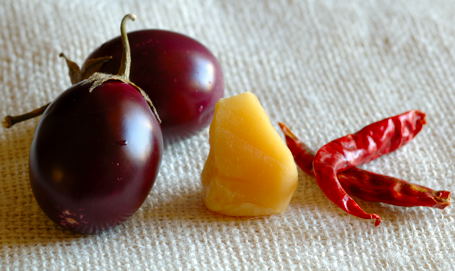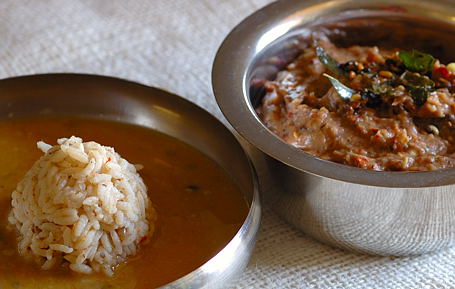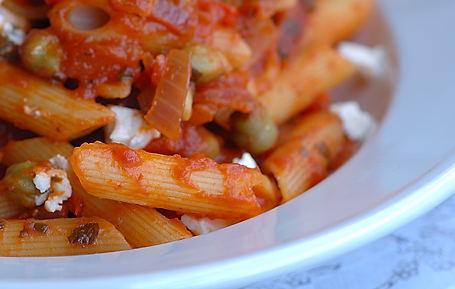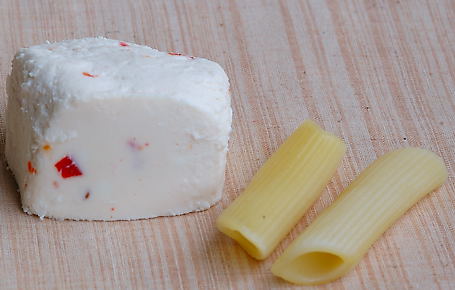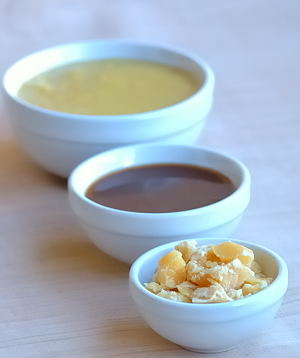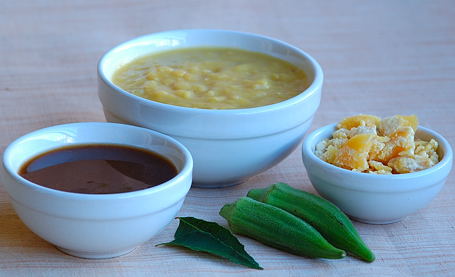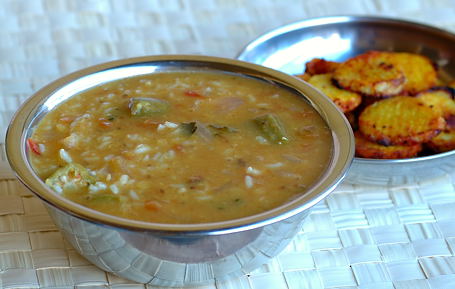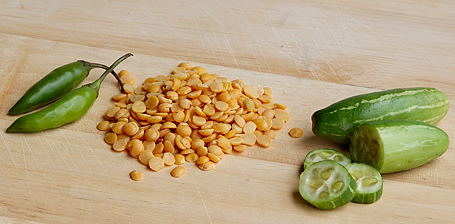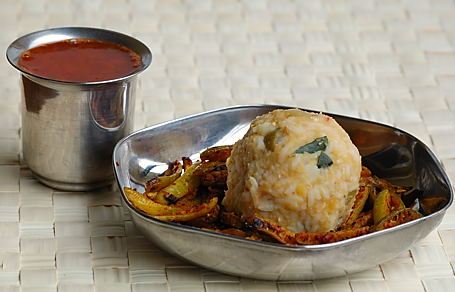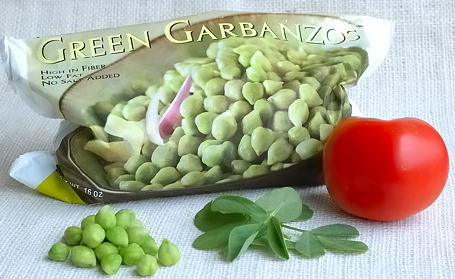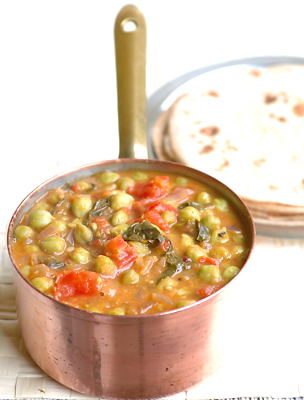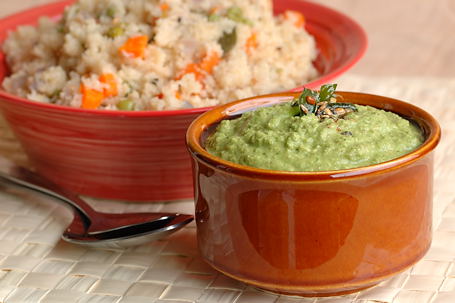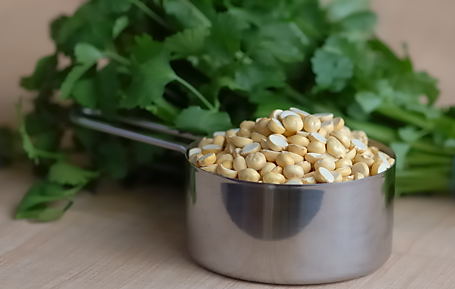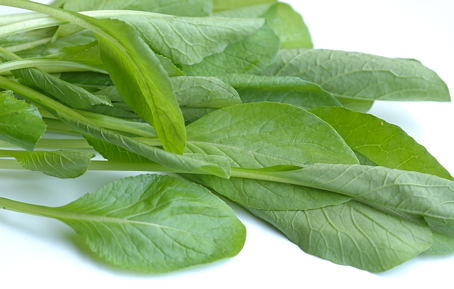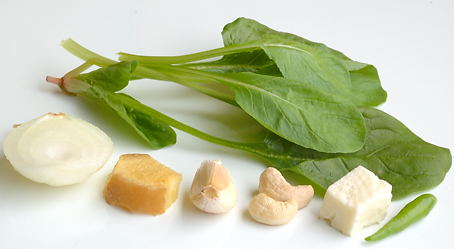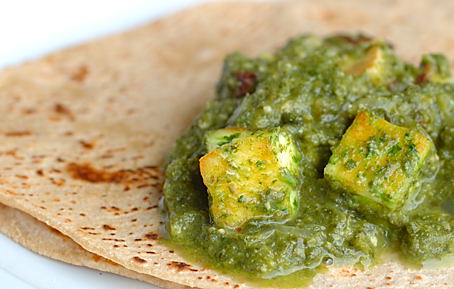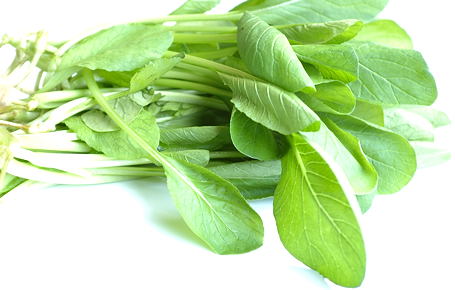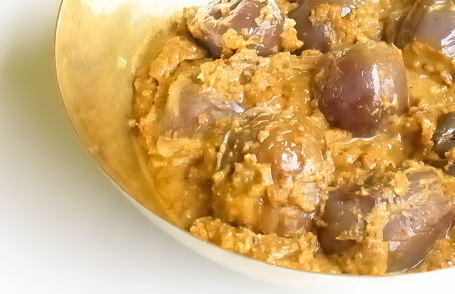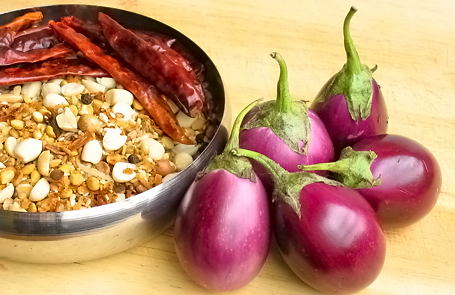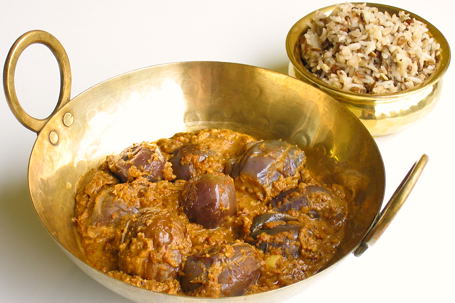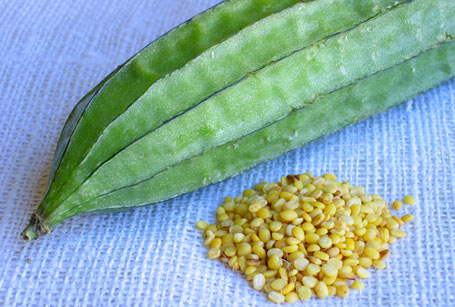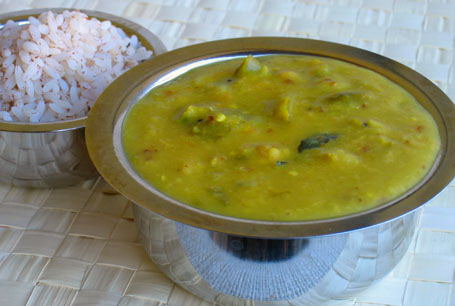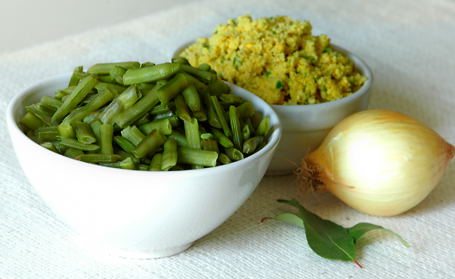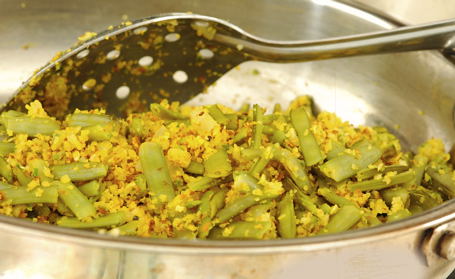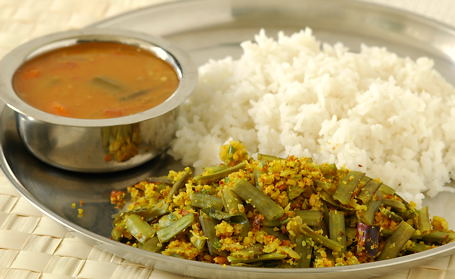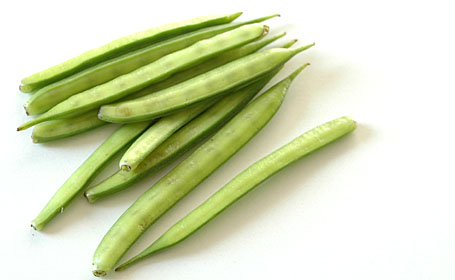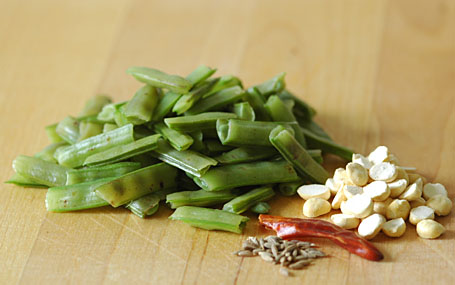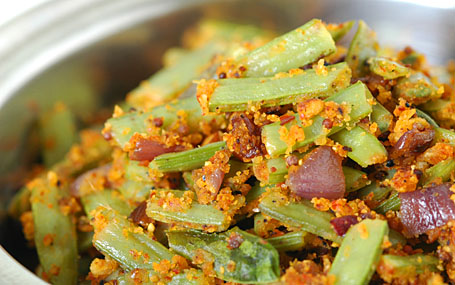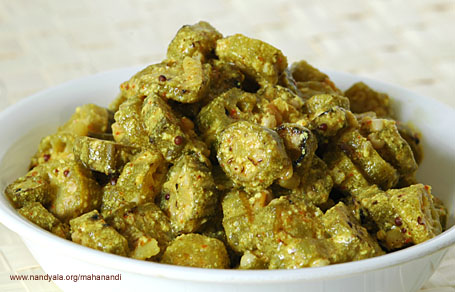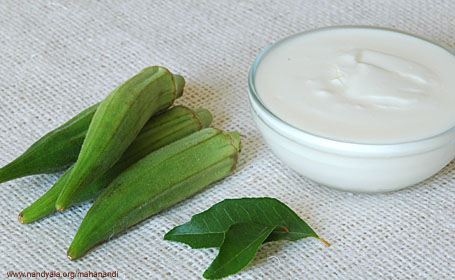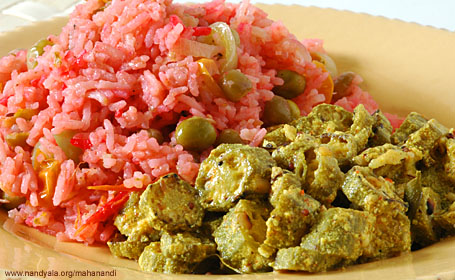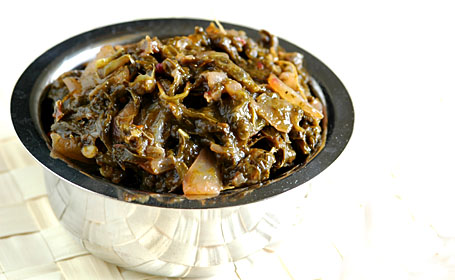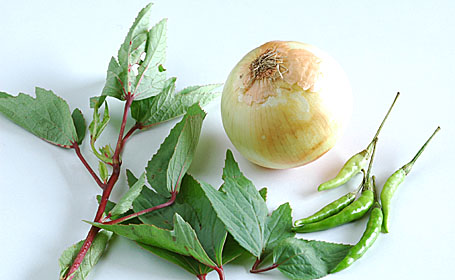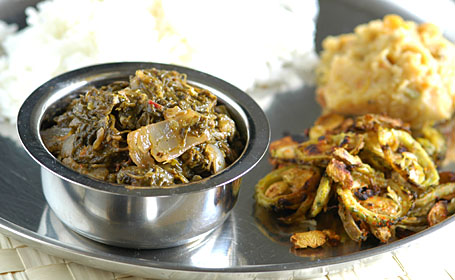The holiday season is here in US!
Food blogging community is abuzz with calls for donations and charity drives, to show that we are not some greedy gluttons always in search of next best exotic ingredient, and we have a compassionate heart. Good things we are doing. Also without some family ‘discussions’, where is the joy in holidays? In last few weeks, we’ve seen amateur gourmets to who spits wine, issuing ultimatums to the community. One blogger writes stop being mediocre, stop writing about what you had for lunch and urges us to strive for the foodie exhibitionist avatar, him in a nutshell. And one wants to name and shame the bloggers who don’t provide – ha… the terminal crime, RSS feeds. Imagine the audacity of some food bloggers, who wish for people to spend some time visiting their page and recipes they laid out neatly, instead of being treated like ‘grab and gulp’ fast food road stops. Imagine, for all their hard work, some food bloggers want people visit their actual web page, instead of being one more bland white page in a RSS feed hell.
Just few lunches with corporate promoted celebrity chefs and few sponsored dinner reservations at 300 dollars a meal – French Laundry, is all one needs these days to act like all-knowing, bloggity wisdom dispensers. Like utterly corrupted evangelical leaders that issue bully ultimatums of one has to follow only their religion to enter the heaven, these food bloggers who tasted the fame, suddenly forgot their beginner days of blogging and thunder on us, to write like them and do what they do, to enter the golden greedy gates of mainstream fame. What if the ‘mediocre’ home cooks start writing what’s on their minds about such things? These sermon serving, self-proclaimed soul savers, will they be ready to hear how shallow they sound in their daily posts.
What happened to “live and let live” philosophy?
They may join forces with few food magazine columnists in demeaning the home cooks who blog about cheese sandwiches – the everyday food. But they keep forgetting that home cooking and bloggers who write about lunch meal recipes have been the building bones of food blogging community. Home cooks in general are compassionate, understanding and gentle. Rarely narcissistic and flashy. Not only towards the ingredients and the recipes they blog, but also in their writing style and in interaction with readers. This approach is considered boring and mediocre by advice dispensers. Really? If we want to read glorified, glibbery accounts of restaurant food or doltish gibberish of kitchen mishaps, or how micro plane zester or some latest kitchen gizmo saved their cooking – we already have puffed up Frank Bruni and his kind’s writings in newspapers and food magazines, all available free at the local libraries. These ‘wannabe’ food bloggers may think they are being original, but who are they kidding?
I blame the current tide in food blogging world on holiday pressures. I do hope that this drive to conform foodbloggers to their thinking passes once the holiday season is over. There are many ways and many reasons to blog. Live and Let Live. With that said, here is today’s recipe – what I had for lunch, very much homemade, not RSS fed – coconut and fenugreek pulao.
Aromatic basmati rice, sweet homemade coconut milk and potent fresh fenugreek leaves – cooked together is a recipe that I have learnt from my mother and very much illustrates the ingenuity and wisdom of home cook. Nutritious, wholesome and a one-pot meal, give it a try.
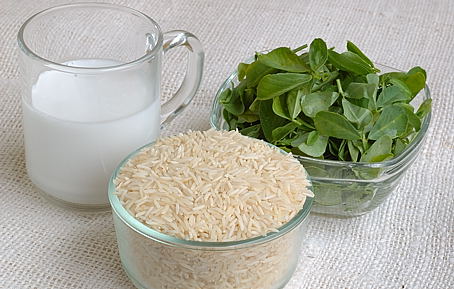
Homemade Coconut Milk, Basmati Rice, Fresh Fenugreek Leaves
Recipe:
2 cups basmati rice
2 cups fresh methi (fresh fenugreek) leaves
6 chillies – sliced thin lengthwise
1 cup fresh peas
1 cup finely sliced onion – lengthwise
½ cup homemade coconut milk or ¼ cup of store-bought type
½ cup roasted cashews (optional)
1 teaspoon each – ghee or peanut oil and salt or to taste
¼ teaspoon each – black peppercorns, cloves and fresh ginger pieces
coarsely grind using a spice mill or in a mortar with pestle
Wash and soak basmati rice in 3 cups of water for about 15 – 30 minutes.
Meanwhile, in a thick-bottomed wide pot, heat ghee or oil on high heat. Add and fry the onions first and then the peppercorn-clove-ginger paste and chillies. Add the fresh peas and fresh methi leaves. Stir-fry until the leaves wilt.
Add the basmati rice and along with the water it soaked in. Stir in coconut milk and salt. Mix thoroughly. Reduce the heat to medium and cook, covered for about 15 to 20 minutes. By the end of 20 minutes, the water will be absorbed and rice will be cooked to perfection. At this time, add and gently mix roasted cashews. Close the lid and let the rice sit for another 5 to 10 minutes.
Serve hot. Sprinkle in some lime/lemon juice just before serving.
Coconut milk and fresh peas balance methi ruchi (flavor). Basmati and roasted cashews addition makes it even more pleasant. Good meal when combined with a kurma/kofta curry or just plain yogurt/raita.
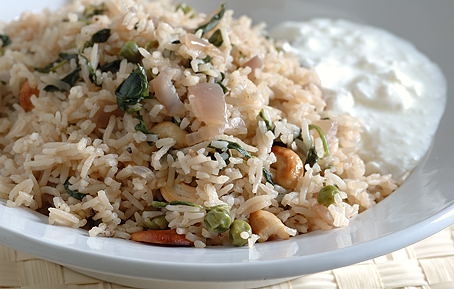
Methi-Nariyal Pulao with Yogurt ~ Our lunch today
Added on Dec 7:
Thanks for all your responses. It has been a lively discussion. Glad to see this topic has given all of us a chance to express our ideas about food blogging and how to do it. I had to scrub four comments because of the rude and soliciting nature of the content.
Also, thanks very much for trying out the recipe and letting me know. I greatly appreciate it!
– Indira
